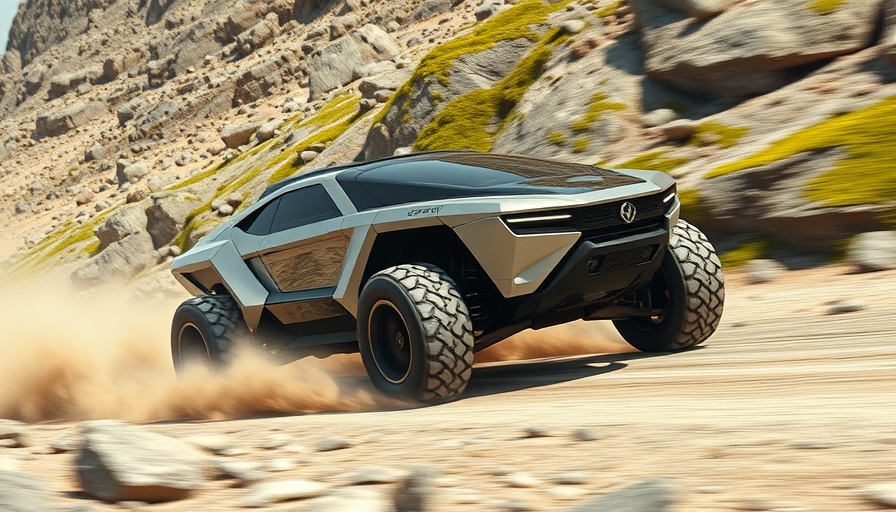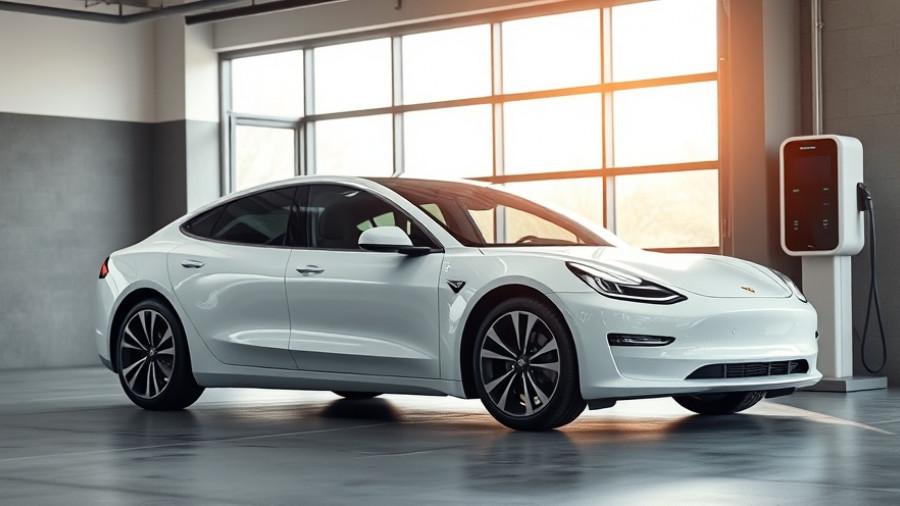
The Decline of the Cybertruck: A Look at Demand
Elon Musk’s ambitious foray into the electric pickup truck market with the Cybertruck has not unfolded as planned. With initial forecasts predicting demand in the hundreds of thousands, the latest figures reveal that Tesla has only managed to sell 16,097 units in the U.S. through the first nine months of 2025—a staggering 38% decline from the previous year. This downturn raises critical questions about the market's acceptance of this polarizing vehicle and the future of Tesla's production plans.
SpaceX and xAI: The New Buyers of Cybertrucks
In an intriguing twist, Tesla has turned to its corporate allies—SpaceX and xAI—to alleviate its Cybertruck inventory woes. Both companies have started receiving trucks, effectively allowing Musk's entities to recycle unfulfilled customer configurations into fleet vehicles. This strategy appears to signal a potential inter-company resource sharing that could have broader implications for how technology companies address unsold products.
The Impact of Federal EV Tax Credit Expiration
The expiration of the federal EV tax credit significantly undercut the Cybertruck's appeal, leading to a dramatic decline in sales. As buyers became aware that they would no longer receive substantial rebates, many shifted their interest towards other electric vehicles (EVs), which started gaining ground. Ironically, while Tesla continues to face falling numbers, other manufacturers have seen an increase, with Ford's F-150 Lightning and General Motors' offerings soaring in popularity.
Feedback and Safety Concerns: A Divided Reception
The Cybertruck has been a subject of mixed reviews; on one hand, Tesla's lead engineer, Wes Morrill, expressed excitement over the vehicle being utilized in Musk’s companies, suggesting that the Cybertruck’s identity as an eco-friendly alternative to traditional combustion vehicles fulfills a vision long held by its developers. On the other hand, recent accidents have raised safety concerns, particularly regarding the vehicle’s door handles potentially failing in an emergency. Such incidents have caught the attention of regulators, which could complicate Tesla’s already tenuous standing amid fierce competition.
What Does the Future Hold for the Cybertruck?
As Tesla reassesses its production targets—from a lofty goal of 375,000 units per year to a likely total of just 20,000—industry analysts are beginning to wonder about the sustainability of such undertakings. This transition may ultimately require a radical shift in the marketing and design of the Cybertruck or, possibly, a new approach altogether to address the market’s preferences. Already, plans have been adjusted, including the removal of entry-level models from the lineup due to lack of interest.
Conclusion: The Circular Economy of Musk’s Enterprises
As Tesla’s Cybertruck grapples with declining sales and mounting challenges, the involvement of SpaceX and xAI highlights an interesting aspect of the corporate structure Musk has cultivated—a closely-knit circle of companies that can shield each other from market volatility. In the broader perspective of green energy and EV integration, this case exemplifies both the challenges and adaptive strategies in a rapidly evolving industry. As businesses navigate these changing dynamics, the insights gained from Tesla's journey with the Cybertruck could inform broader trends across the landscape of electric vehicles and sustainable technology.
For homeowners and businesses interested in solar and green energy solutions, understanding the intersection of electric vehicles and renewable technology is essential. The lesson here extends beyond one vehicle; it's about how corporations can pivot and adapt in uncertain markets.
 Add Row
Add Row  Add
Add 



Write A Comment